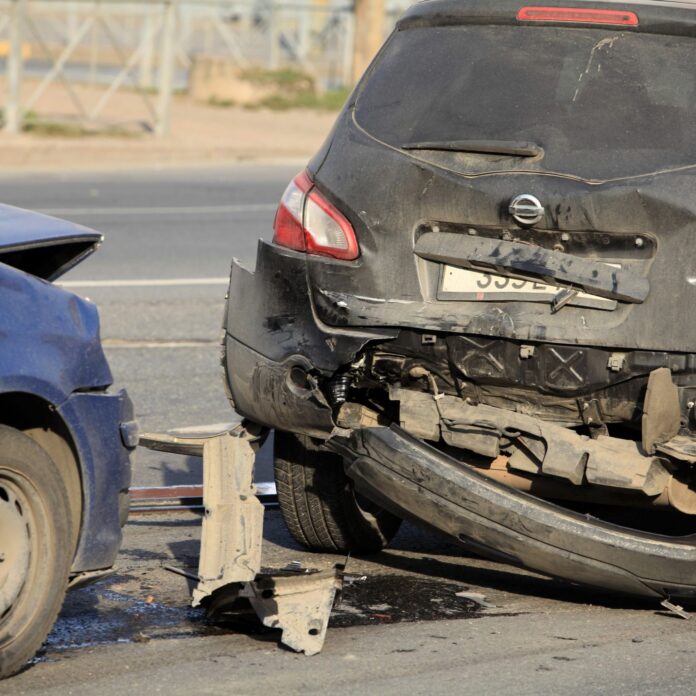When one considers innovation related to connected cars; Iran isn’t a location that immediately comes to mind. But there are efforts underway in that country to better understand how the utilization of vehicle-to-vehicle and vehicle-to-Internet technologies can save lives.
According to publicly available statistics, more than 267,000 people were killed on Iranian roads between 1994 and 2008; and close to 3 million were injured. According to the Ministry of Roads and Transportation, not only did Iran rank No. 1 in the world for the most roadway deaths during this time, the number of casualties outpaced the human losses from the war between Iran and Iraq in this window.
In October 2011, the Connected Vehicle Technology project was initiated to study options for reduction in those figures through the utilization of connected vehicle technologies. The goals of the CVT project were to improve road safety, reduce fuel consumption, reduce and/or eliminate environmental issues and identify opportunities for value-added services via the utilization of DSRC technology.
There were six applications tested in the course of the project, highlighted as follows:
- Electronic toll collection: Automatic toll payment based on variable tariff depending on travel time or distance.
- Emergency vehicle prioritization: When an emergency vehicle is approaching an intersection the traffic light turns green to clear that route while the emergency vehicle passes and then returns it to the normal condition.
- Traffic data collection: Collecting traffic data from urban and interstate roads through vehicle onboard equipment.
- Sidetrack to main road warning: Before reaching an intersection, vehicles approaching from the road to the side will transmit their speed in order to prevent collisions between approaching vehicles.
- Informing road traffic situation in points out of driver’s sight: Vehicles can alert the drivers to hazards outside their field of vision through onboard equipment.
- Traffic restrictions and weather information to alert drivers of potential hazards.
More information about the project is detailed on its Wiki via this link.
What was most interesting to me in this story is that it really highlights two things: These pilots are not only happening in large established markets; and the ability for connected car technology to have an impact on human lives is huge.
I wish the team the best of luck for implementation in the not-too distant future.
Like what you read? Follow me on twitter!
Claudia Bacco, Managing Director – EMEA for RCR Wireless News, has spent her entire career in telecom, IT and security. Having experience as an operator, software and hardware vendor and as a well-known industry analyst, she has many opinions on the market. She’ll be sharing those opinions along with ongoing trend analysis for RCR Wireless News.


